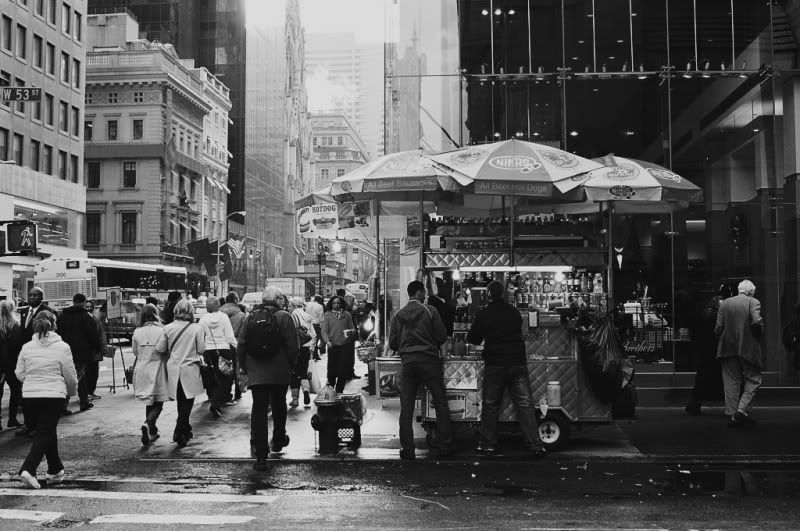FA Limited
missing in action
this thread's not as much fun w/o photos!
which one do you like better?

quick and dirty

which one do you like better?

quick and dirty



it's funny... I think most "friends" who see my photography much prefer my color photos. They tend to be bright, and a little more light hearted. Somehow... when I shoot black and while I conjure up a more reserved, somber... darker side. I often prefer the latter.
this thread's not as much fun w/o photos!
which one do you like better?
... In B&W, I'm forced to work harder to look at form, and what's interesting in the photo aside from some nice colors...
My eyes are immediately drawn to that "red cross" on the left side and unless that was the subject matter of your shot then it distracts from the real subject matter whatever it is.
The problem with doing a "which one" comparison is that the B&W is obviously not a B&W emulsion and regardless of the colour/B&W argument, a converted colour (slide/neg/digi) is very different from a traditional B&W emulsion.
With the colour version my eye is drawn to the umbrellas above the fast food stand. With the mono version my eye is drawn to the pedestrians on the left and the man walking up the steps to the right. So, in a sense, they have become two different photographs and I prefer the mono version, however I think it would benefit from increased shadow detail (which is there in the colour version).
I don't think the two pictures are relevant for the discution. There are some pictures that work in color, but it is not the case with the above example. To be true, I don't like the BW version either.
When using color, you have to pay more attention to the scene. the color has to add something, not to be a mess.
If you want a real test, take any well known color photography and strip the colors away to see what's left.
I give you a head start: here
how do you conclude what "is" the defining characteristic of the subject?
But the question (impossible to answer) is how do you conclude what "is" the defining characteristic of the subject?

Look then at the most expensive photographs ever sold.

